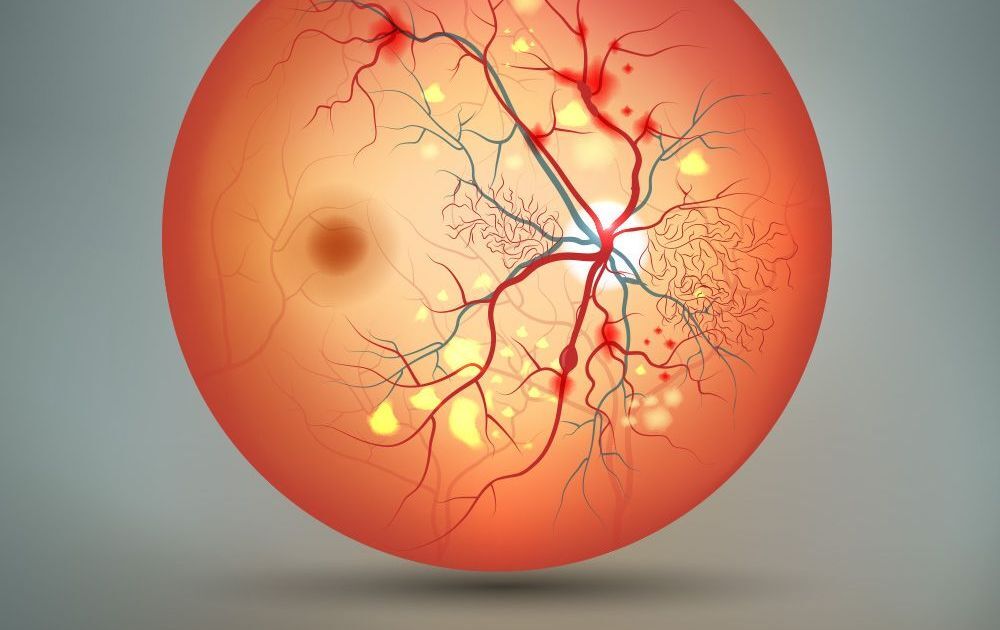Because the retina of the eye is composed of brain tissue, it offers a “window” to the brain and can serve as basis for future evaluation of neurological deficits due to stroke, traumatic brain injury, and related disorders, as well as assessment of the impact of such deficits on patients’ abilities to process and understand their surrounding environment.
That was a concluding comment from Deborah Zelinsky OD, founder of the Mind-Eye Institute in Northbrook, Illinois, during her keynote online seminar at the 9th International Conference on Neurological Disorders and Stroke, held in April 2023. Her presentation, featuring lessons in advanced optometric science, earned a Certificate of Recognition from EuroSciCon and the editors of the Journal of Neurological Disorders and Journal of Brain Disorders & Therapy. EuroSciCon (European Science Conventions) was the sponsoring organization for the conference.
Visual processing enables people to interact appropriately with the world around them, explains Dr. Zelinsky, a world-renowned retinal processing expert and researcher. “If brain circuitry is out of sync because it has been disrupted by trauma or disease – like stroke – or is underdeveloped, people can become confused about their world and exhibit inappropriate reactions and responses.”
Her team at the Mind-Eye Institute stimulates the retina by modifying the angle, intensity, or amount of light passing through it. Retinal stimulation creates “customized changes” to the brain via the optic nerve signals. These changes can bring relief to patients struggling with the effects of stroke and other insults to the brain.
“The right mix of prescriptive lenses, filters and prisms affects the spatial and temporal distribution of light on the retina, thereby modifying the dynamic relationship between the mind’s visual inputs and the body’s internal reactions and responses to both image-forming and non-image forming signals. The implication is that retinal stimulation can intentionally promote customized alterations in a patient’s basic physical, physiological, and even psychological systems involved in metabolism, sleep, motor control, posture, mood, and decision-making abilities,” Dr. Zelinsky indicates.
Focus of her EuroSciCon discussion was on how light passing through the retina affects brain activity, thereby influencing other organs and systems in the body.
“After photons of light enter the eye, four levels of processing occur – retinal processing, unconscious sensory integration, subconscious visual processing (including pre-conscious), and conscious visual processing. Specifically, retinal cells generate electrical signals from environmental light. These signals propagate through neurons and interact with critical brain structures, affecting not just the visual cortex for eyesight but other, significant regions of the brain as well, like the limbic system and brainstem,” Dr. Zelinsky told conference participants.
“Using highly individualized, therapeutic glasses, we can modulate a person’s brain function in ways that can often enhance quality of life,” Dr. Zelinsky added.

Media
Retina Opens Whole New ‘Window’ to Brain Evaluation
Mind-Eye Founder Tells International Group How Light Can Affect Brain
